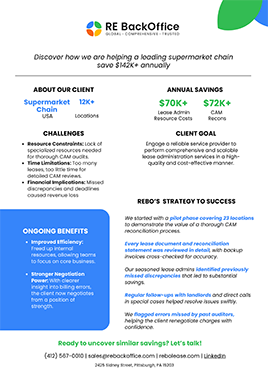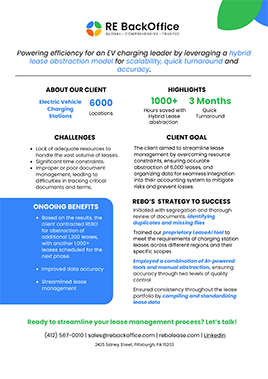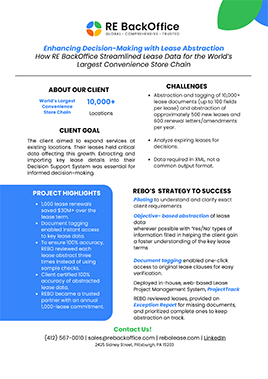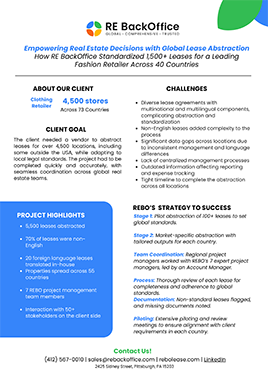
In the realm of real estate transactions, particularly in commercial leasing, two terms often crop up: subordination and attornment. While they may sound complex, they are pivotal components in ensuring smooth operations, especially in scenarios involving property mortgaging and tenant agreements.
Subordination: Setting Priorities Straight
Subordination in a lease context refers to the agreement whereby the tenant consents to prioritize the rights of a third-party lender, typically a bank, over their leasehold interest. Let's unpack this with an example:
Imagine a scenario where a landlord, the proprietor of a bustling shopping center, decides to secure a loan by mortgaging the property to a bank. This mortgage serves as collateral, providing the lender assurance that if the landlord defaults on the loan, they can seize and liquidate the property to recoup the outstanding amount.
In such a situation, the landlord and the bank enter into a subordination agreement. This agreement essentially delineates that in the hierarchy of claims, the bank holds a superior position. Should the landlord fail to meet their obligations, the bank can exercise its rights over the property, potentially even assuming ownership.
This arrangement protects the bank's interests and provides them with a clear path for recourse in case of default. It's a vital safeguard for lenders and a common practice in commercial real estate dealings.
Attornment: Continuing the Tenant-Landlord Relationship
Attornment, on the other hand, involves the tenant's acknowledgment and agreement to recognize a new landlord's authority following a change in property ownership. Consider the following scenario:
Upon default by the landlord, the bank, now the legal owner of the shopping center, steps into the picture. While the change in ownership doesn't automatically void existing lease agreements, it does necessitate a smooth transition for all parties involved.
Here's where attornment comes into play. The tenants, by signing an attornment agreement, formally recognize the bank as their new landlord. This agreement typically ensures that the tenants' lease terms remain intact, safeguarding their rights and providing continuity in their occupancy.
Furthermore, in cases where the lease agreement includes a provision for the deduction of loan repayments from the rental income, tenants may find themselves directly involved in the mortgage arrangement. In essence, their rent payments now contribute towards servicing the landlord's loan obligations to the bank.
SNDA: Harmonizing Interests for Stability
The intricate dance of subordination and attornment often culminates in what's known as an SNDA agreement—Subordination, Non-Disturbance, and Attornment. This comprehensive document brings together the interests of the bank, landlord, and tenants, ensuring a harmonious transition of ownership without disrupting ongoing business operations.
In essence, SNDA provides a safety net for tenants, assuring them that despite changes in property ownership, their occupancy rights remain secure. It's a testament to the collaborative efforts of all parties involved in maintaining stability and continuity within commercial leasing arrangements.
In conclusion, while subordination and attornment may seem like legal jargon, they are essential mechanisms in navigating the complexities of commercial real estate transactions. By understanding these concepts and their implications, landlords, lenders, and tenants can forge agreements that protect their respective interests while fostering a conducive environment for business growth.


